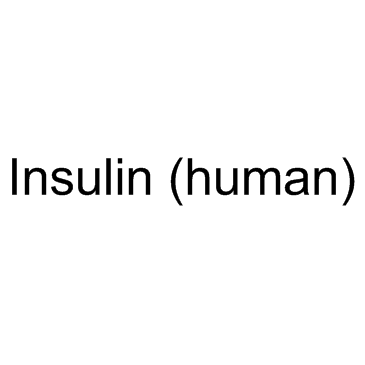| 结构式 | 名称/CAS号 | 全部文献 |
|---|---|---|
 |
氨水
CAS:1336-21-6 |
|
 |
胰岛素(人)
CAS:11061-68-0 |
|
 |
波形蛋白
CAS:88566-40-9 |